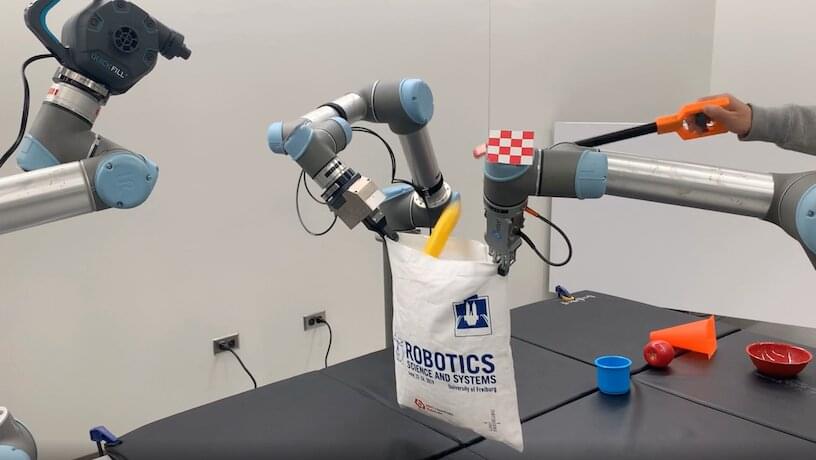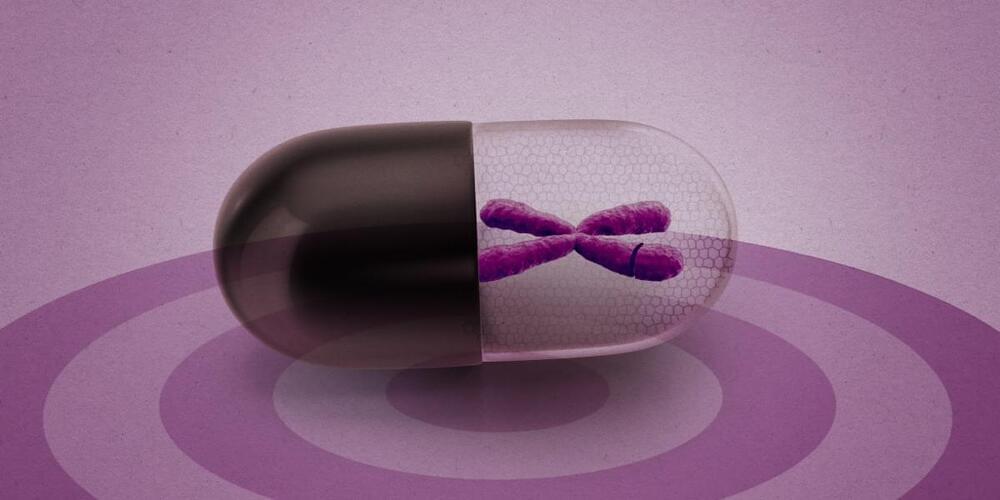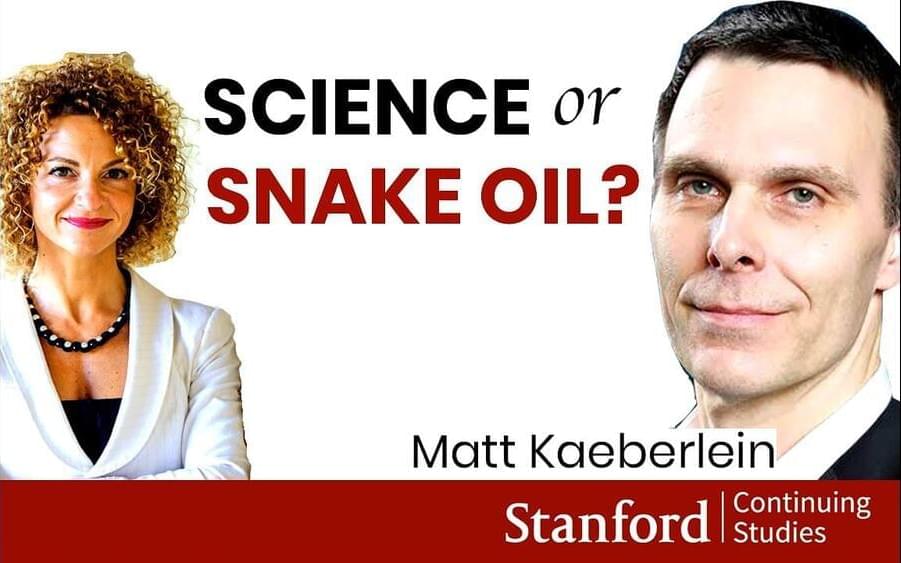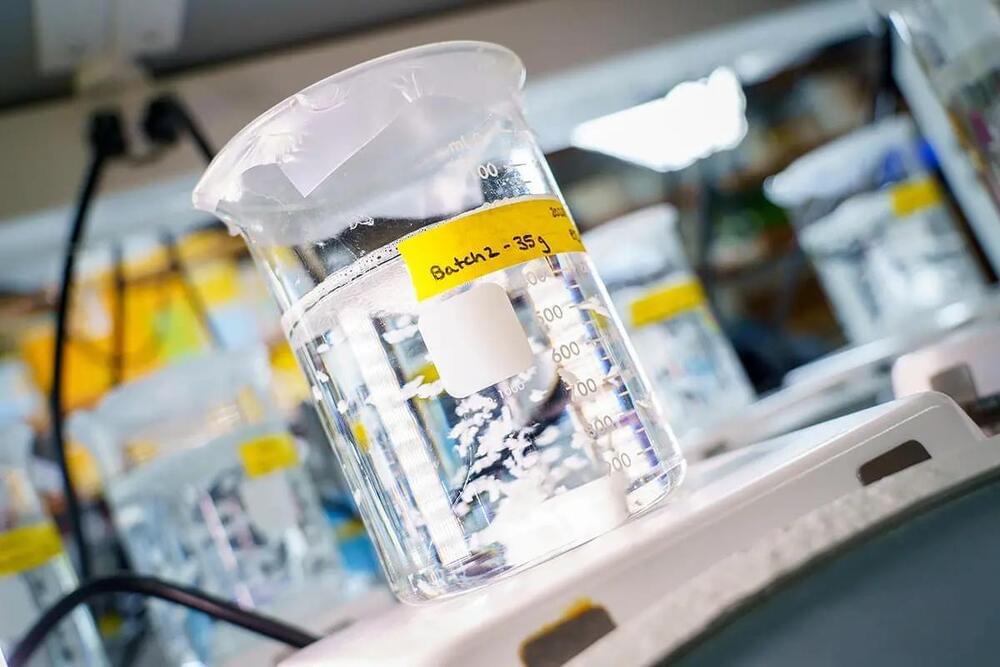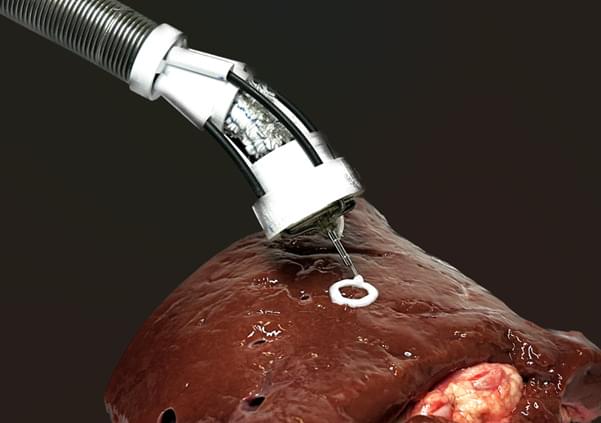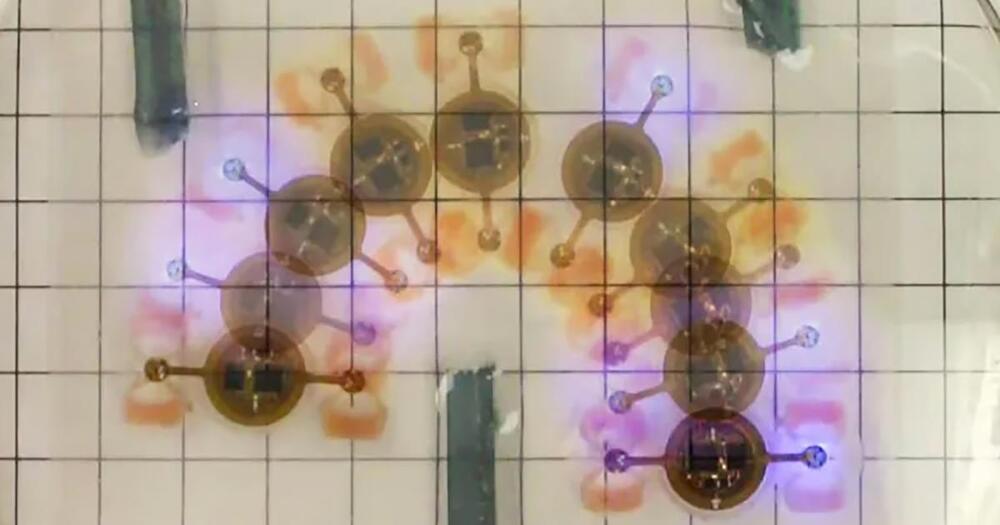Mar 8, 2023
Engineers use psychology, physics, and geometry to make robots more intelligent
Posted by Jose Ruben Rodriguez Fuentes in categories: bioengineering, drones, food, information science, life extension, physics, robotics/AI
Robots are all around us, from drones filming videos in the sky to serving food in restaurants and diffusing bombs in emergencies. Slowly but surely, robots are improving the quality of human life by augmenting our abilities, freeing up time, and enhancing our personal safety and well-being. While existing robots are becoming more proficient with simple tasks, handling more complex requests will require more development in both mobility and intelligence.
Columbia Engineering and Toyota Research Institute computer scientists are delving into psychology, physics, and geometry to create algorithms so that robots can adapt to their surroundings and learn how to do things independently. This work is vital to enabling robots to address new challenges stemming from an aging society and provide better support, especially for seniors and people with disabilities.
Continue reading “Engineers use psychology, physics, and geometry to make robots more intelligent” »
